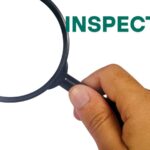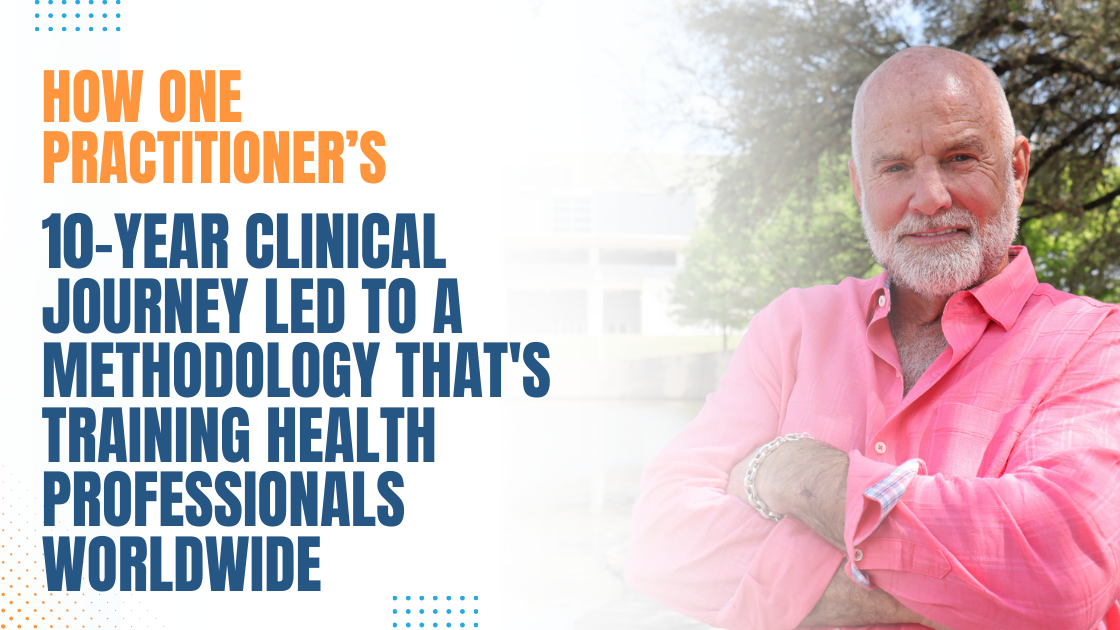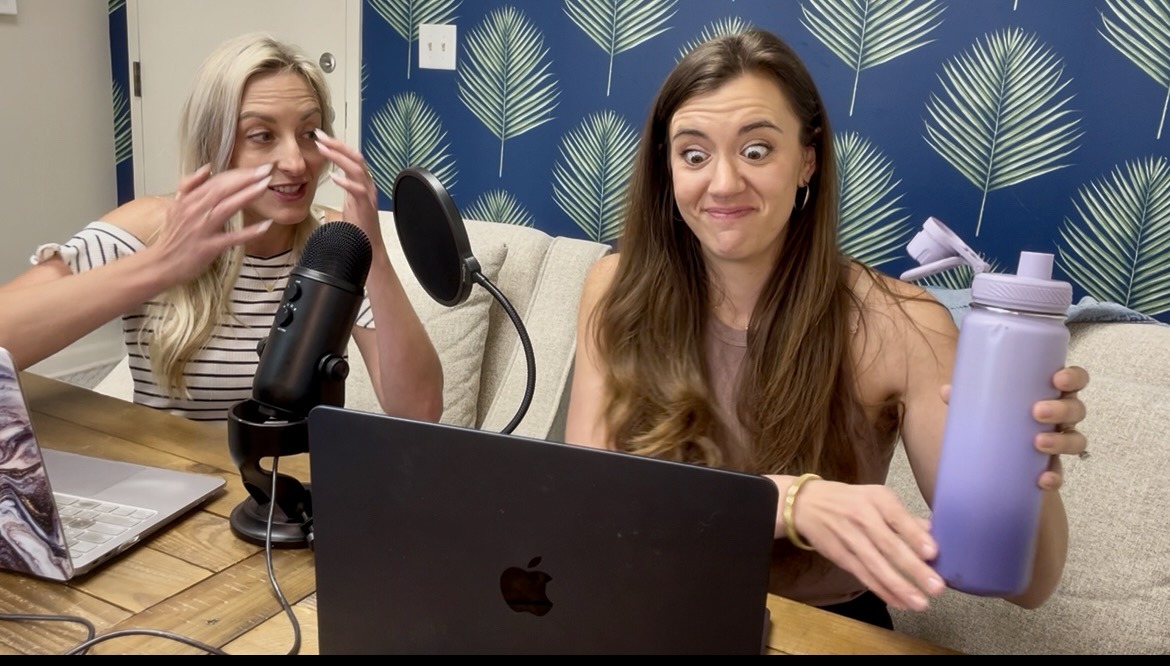An inside look at FDN’s “Test, Don’t Guess” approach and why graduates are building six-figure practices
The functional health space is full of practitioners promising to “get to the root cause.” Yet clients often find themselves bouncing from one protocol to the next, spending thousands with little to show for it.
Reed Davis has a different story. After 10 years running “thousands of labs on thousands of people” in clinical practice, he noticed something: some clients got dramatically better while others didn’t. The pattern wasn’t random—it was methodical.
That observation became the foundation for Functional Diagnostic Nutrition® (FDN), which has now trained over 5,000 practitioners worldwide.
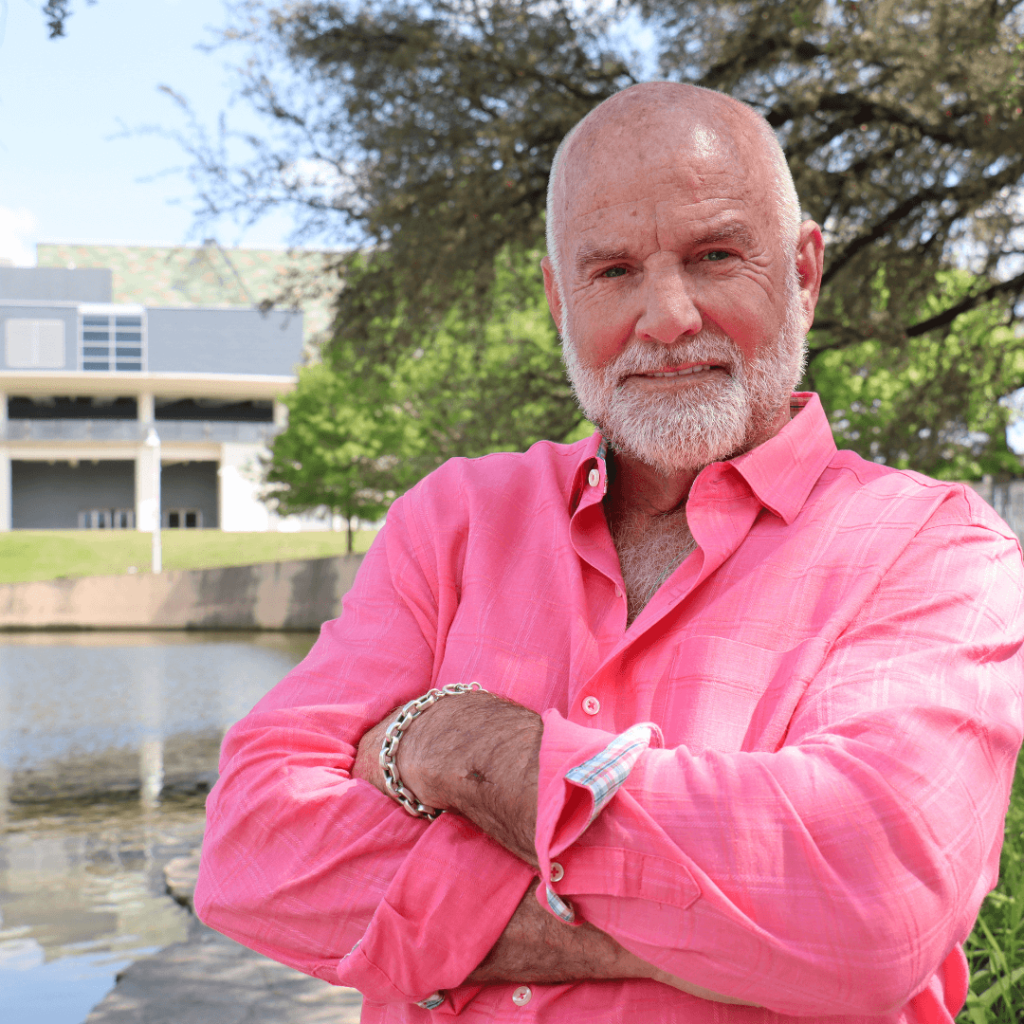
From Clinical Frustration to Clear Methodology
Davis’s original mission was straightforward: “My job when I first started was to find out why someone was ill versus just treating or managing their symptoms. In other words, what are the underlying causes and conditions so that they could heal themselves?”
Those 10 years of hands-on work revealed crucial patterns. “I ran thousands of labs on thousands of people, and with great mentorship, made my own observations about who got better and who didn’t, and developed a methodology from that.”
The breakthrough came when Davis realized the broader impact possible: “Finally after 10 years, I realized the greater impact that would occur if I could teach other practitioners the model, the methodology.”
His mission crystallized: “To educate people and practitioners how to get well and stay well so that they in turn may educate others.”
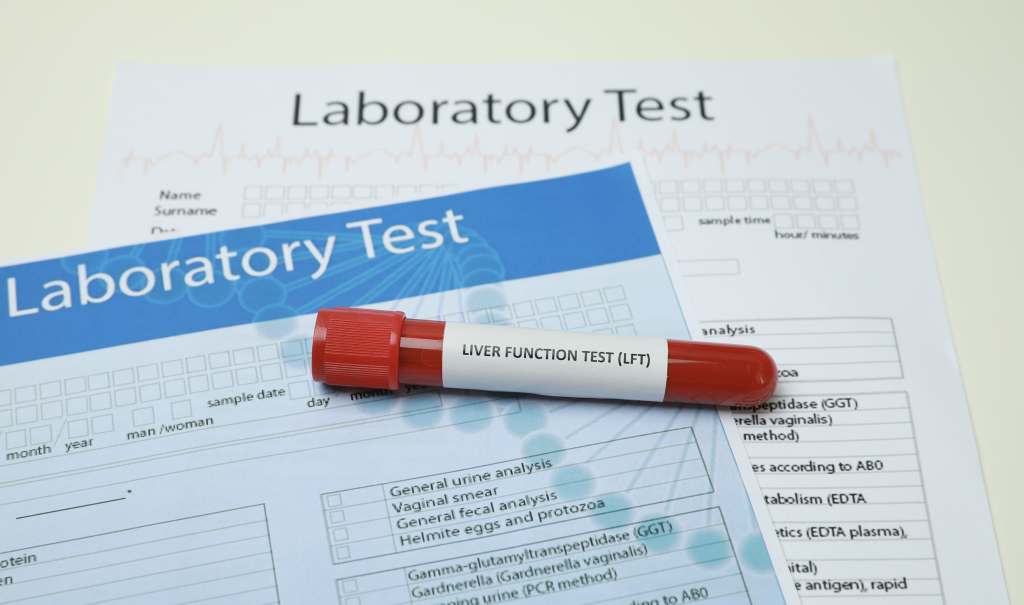
What “Test, Don’t Guess” Really Means
FDN’s signature phrase goes deeper than just running lab tests. Davis explains the problem with how most practitioners approach testing:
“A lot of people say, ‘well, I already test. Yeah, I run tests too.’ But they’re guessing which tests to run based on symptoms.”
This creates what he calls a “sounds like method.” If symptoms sound like thyroid issues, they run thyroid tests. If it sounds like digestive problems, they test the gut.
“So they’re using a sounds like method to determine which test to run. And so therefore, they’re not getting as comprehensive an assessment.”
The result? “They’ll think they found the problem and treat the paper and hope the person does better. But if the person appears with new complaints… they’ll run another test. So now you’re on a new cycle of test, treat the paper, test, treat the paper, test, treat the paper.”
FDN takes the opposite approach: “We insist on trying to identify multiple healing opportunities in the testing phase.” Instead of chasing symptoms, practitioners look for causal factors that might be “very far upstream, very far removed from where the symptoms occur.”
But running multiple tests isn’t enough. “You have to also observe how those causal factors are affecting each other, creating a state of multiple metabolic chaos. And so that’s more or less our job—to sort out metabolic chaos by looking for multiple causal factors and healing opportunities.”
How FDN Differs From Other Programs
When prospects compare FDN to popular programs, Davis draws clear distinctions:
“What we teach is how to get the data that will actually drive an individualized program versus a generic program.”
He breaks down the competition: “These programs teach general protocols. They have a hundred diets, and I’m not sure how they determine which diet for which person. And most of them are more of a coaching… active listening and motivational strategies and ways of getting people to do what their doctor’s telling them to do.”
“Neither one is even close to FDN in terms of running the labs, getting the data, and truly identifying the healing opportunities that an individual needs to know about.”
The focus on what Davis calls “bioindividuality and metabolic individuality” drives everything: “The FDN protocols have an effect on every cell, tissue, organ, and system simultaneously, so people simply are getting well.”

Built on Practical Experience, Not Theory
Davis emphasizes that FDN is “taught based on practicalities, based on methodology” rather than academic theory. The methodology “was developed over a 10-year period in an office observing who got better and who didn’t.”
“We’re teaching you practical, step-by-step methodology that does work, and it starts with yourself and working on yourself,” he explains. Students complete the program with personal experience using the protocols they’ll recommend to clients.
The structure reflects this hands-on approach: “It’s a self-paced course where you work on yourself as part of the learning process with lots of one-on-one mentorship.”
The Six-Figure Claim: Confidence Based on Results
Davis makes a bold statement about graduate earning potential: “We believe if you’re not earning 6-figures in your first 6-12 months, you’re doing something wrong.”
His confidence comes from repeated success stories: “I am very confident in it, because I’ve seen people do it over and over and over again, and I’ve personally done it.”
In fact, he suggests the potential is higher: “The six figures should be actually multiple six figures. So I can teach you how to make a hundred thousand dollars, which is six figures every three months.”
This earning potential reflects the value FDN practitioners provide through data-driven results. Davis teaches what he calls “a model of working part-time and doing multiple six figures in business… working from your own hours, working your own hours from anywhere that you have an internet connection.”

What Separates Successful Graduates from Struggling Ones
Not every graduate achieves the same results. Davis attributes the difference to mindset and approach:
“I think their personal point of view and self-worth and self-awareness and maturity and ability to handle… ability to face challenges and their ability to confront issues. And it’s all, for me, it’s all about self awareness and self development.”
Struggling practitioners often get “caught up in what they can’t do” instead of taking action. His advice is direct: “Just go out and apply the principles, go out and get a customer, help that customer, and learn from that and get another customer, and another customer, and another customer.”
He notes that struggling practitioners get hung up on structure and logistics instead of helping people: “People that get hung up on all of the structure, the legal entities and these kind of things… aren’t getting it. They’re really, you just need one customer to start doing some good in the world, and you’ll have some revenue from that.”
Building a Waiting List Practice
Successful FDN practitioners understand that a waiting list practice requires professional boundaries. Davis explains:
“A waiting list practice means you pace yourself and tell people that they have to wait and make an appointment. You create some exclusivity around your availability.”
Practically, this means never saying “call me anytime” because “if you say, call me anytime, it means you have nothing to do. You’re not busy and you’re not creating any kind of responsibility anywhere.”
Instead: “You say, my hours are Monday, Wednesday, and Thursday from one to five. How does next Wednesday at one sound to you? That creates some availability… that you’re a professional and that you have hours.”
The key is limiting appointments: “You’re only going to have nine appointments a week. Nine appointments a week, maybe 10, but anything over that, and you could get burnt out. And so you only want to have nine or 10 appointments per week. So those are exclusive and that’s your availability.”

Open Enrollment Philosophy
Despite the program’s $12,997 price point, Davis maintains an inclusive enrollment approach. When asked why FDN accepts almost anyone, he responds:
“Why would I turn anyone away? Is the better question. Why would I turn away a mother of three who just wants to learn to take care of herself and her kids? Why would I turn her away? The answer is there’s no good reason.”
Some students enroll “to learn the methodology for their own health and their families. And if that’s all they do with the education, work on themselves and their families, that’s worth the price of admission.”
But the ideal candidate is someone who “already has the clientele that they could tap into and uplevel their services, get better results, increase their reputation, and increase the revenue by adding these additional FDN services.”
The most successful? “The person who’s upleveling their skills can graduate and typically has more success than someone coming from a different background.”
Justifying the Investment
When prospects hesitate at the $12,997 cost, Davis puts it in perspective:
“It’s an investment that will have a return on investment, ROI, in a very short period of time. One can get their tuition back… with very few paying clients.”
He contrasts it with traditional education: “The only thing one could compare it to fairly would be a two to three year post-grad education. So a master’s or even PhD. We’ve had it compared to master’s programs that cost $60,000 and take a couple years out of your life.”
“I can teach you in 10 months what it took me 10 years to develop. And that’s remarkable. That is the bargain, if I’ve ever heard of one.”

What Graduates Discover
During postgraduate interviews, Davis consistently hears something that surprises him:
“They all seem pretty thankful that they could even learn it, like there’s nothing available to them anywhere, and they are just amazed that they didn’t have to go to college for six years or eight years.”
The revelation for many? “That there is a methodology, that there is a way that they too can help others. It really blows their minds, first of all that the labs are available and the interpretations that they’ve learned… that they can now go out and do it and help others.”
Many tell Davis that “FDN was the answer that they’d been searching for” and that it “ended that cycle of trial and error.”
Future Vision and Core Values
Looking ahead, Davis has ambitious but clear goals: “We’d like to see in the next three, five years, 25,000 FDN practitioners, certified and out in the world doing the good work.”
He’s equally clear about what FDN should never become. His biggest concern? Over-regulation: “I wouldn’t want it to become too regulated such as vocational institutional requirements. I want to keep it open to anyone that’s willing to learn and practice it on oneself or on others professionally.”
This reflects his broader philosophy: “We want to keep the handcuffs off of people.”

The Bottom Line
Davis sums up FDN: “FDN is a methodology and way of thinking that uses functional lab work—the data from functional lab work—to identify healing opportunities so people can deal with the true underlying causes and conditions, what’s really wrong, instead of just treating the symptoms or managing the symptoms.”
After more than a decade of training practitioners, Davis has built something specific: a methodology grounded in clinical experience that consistently produces results for both practitioners and clients.
